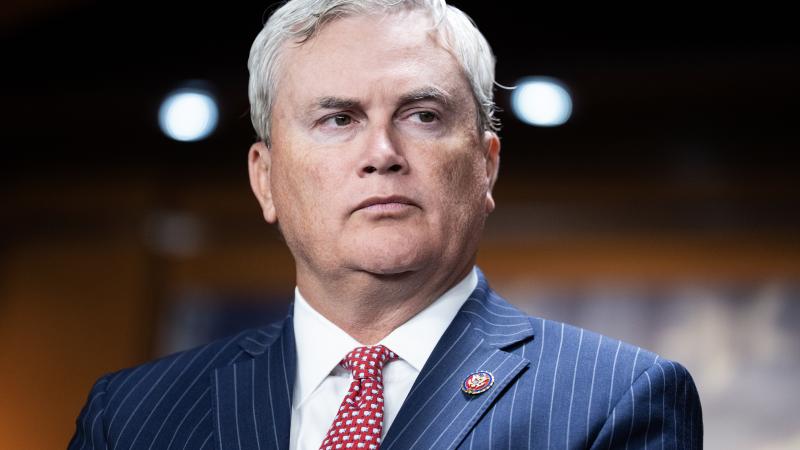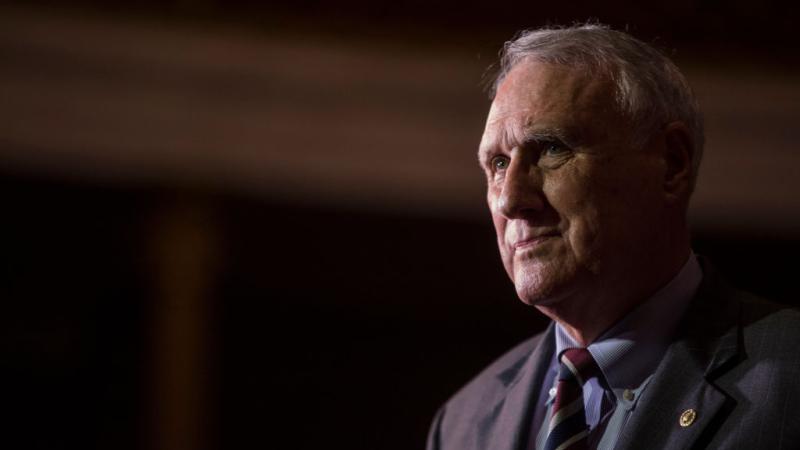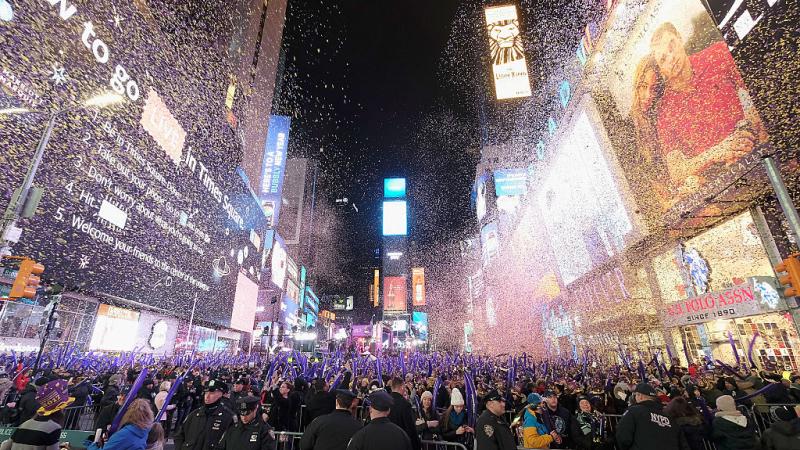Ex-Capitol Police boss says politics hampered Jan. 6 security under Pelosi: 'Recipe for disaster'
Ex-Chief Steven Sund compares Capitol security and intelligence lapses to 9/11, says he was "dumbfounded" by threat warnings that were kept from him.
The Capitol Police chief who handled the Jan. 6 riot says political bureaucracy under Speaker Nancy Pelosi put optics over safety and hampered his department from crafting an appropriate security plan to protect the home of Congress that fateful day.
Steven Sund, who resigned as the head of the $600 million a year Capitol Police Department after the tragedy, told the "Just the News, No Noise" television show on Wednesday that significant lapses occurred inside his department, inside the political leadership of Congress and across federal law enforcement and security agencies in the days before the Capitol riot.
Sund warned that the Capitol still remains vulnerable to future attacks because it has not addressed the core intelligence and security failures exposed that day or streamlined the political bureaucracy that governs his former force. The interview was part of Sund's tour to promote his new book "Courage under Fire."
"I point out in the book how politicized security on Capitol [Hill] is, and that hasn't changed. It's still the same," he said. "You still have way too much politics playing a role in security. All the oversight over the police department is all politically aligned. And anytime you have oversight that reports to a certain political party, it's a recipe for disaster."
Sund said that as chief he could not make major decisions about security planning for events like Jan. 6 without getting approval of the Capitol Police Board or alerting the House and Senate sergeants at arms. He directly challenged Pelosi's claim in a February 2021 news conference that her Speaker's office played no role in Capitol security, noting he communicated with Pelosi through then-House Sergeant at Arms Paul Irving, who resigned along with Sund.
"A lot of people think okay, I'm the Chief,” he said. "So I'm at the top of the pyramid as far as security at the Capitol. I'm actually at the bottom ... You've got the Capitol Police Board, and the Capitol Police Board has communications with the House and Senate leadership. So the line of communications between me and leadership would be through the respective sergeant at arms.
"So in the case of Speaker Pelosi, it would be through Paul Irving, for any of that direct line communications back and forth. So if there is intelligence going up, or intelligence coming down, it would go through Paul Irving to the respective leadership."
Sund confirmed an anecdote in a report released by House Republicans last month and reported by Just the News that a top aide in Pelosi's office was involved enough in security discussions to have even edited a security plan for Jan. 6 that was communicated to lawmakers.
"Some of the 'Dear Colleagues' letters [talk] about some of the security that's in place — parking, directing people which entrances to use, stuff like that, and it was no secret that they would want to have the leadership's position, whether it's the House or Senate, they would want to know what communications were being put out across the campus," he explained. "So they did have a review and often edited these."
Sund also confirmed earlier reporting by Just the News on the events that led to National Guard troops not being deployed to the Capitol ahead of Jan. 6. Capitol Police documents reviewed by Just the News show the Trump Pentagon first offered National Guard troops to Sund's department on Jan. 2, 2021, four full days ahead of the tragedy. The department initially declined the help but quickly changed course and asked for permission to deploy troops, only to be turned down.
Sund said he first requested National Guard troops be deployed on the morning of Jan. 3, 2021, but was turned down because political leaders did not like the optics of troops carrying weapons and guarding the Capitol.
"So it was I believe at 9:34 in the morning when I first went and asked for it and was denied because of the concern for optics, the look of the National Guard," he said.
"The first one I asked, Paul Irving, for the National Guard, he used the term 'optics,'" Sund recalled, adding that a military general later used the same term in expressing reservations about sending the Guard to the Capitol.
"I'll never forget it," said Sund quoting the general saying, "I'm concerned of the optics of the military standing in line with the Capitol in the background."
"So here they are both using the exact same term," he continued. "I point that out in the book that I really don't find it a coincidence. And I tend to wonder what communications went on outside my knowledge. But there's a concern for optics that is over the concern for my men and women being beaten, which has been shown on national TV."
Sund said he was never fully briefed on a vast pool of intelligence that came in from the FBI, the Homeland Security Department, the U.S. Marshals Service and the Washington D.C. police department as early as Dec. 21, 2020 that warned that extremists were discussing specific plans to attack the Capitol, storm the joint session of Congress that was certifying the 2022 election, invade the tunnels used by lawmakers to travel back and forth to the Capitol or bring weapons to the event that eventually turned violent.
You can read one of those intelligence reports here:
Sund said some of the blame should fall on the federal agencies who failed to make a bigger deal of the level of threat that was being picked up in raw intelligence.
"Intelligence was treated completely different on Jan. 6 than it usually was for major events in Washington, D.C." he said. "I've handled numerous national special events, special security events, numerous demonstrations.
"Anytime we had an event that had a even a minute amount of the intelligence string that we're seeing associated with Jan. 6 now coming in, the FBI would do executive briefings, a conference call with the area leaders, or what we call a JIB, a joint intelligence bulletin with the Department of Homeland Security — none of that was done January 6, and when you see the level of intelligence now that was out there, you're just dumbfounded by it — that didn't occur."
The costs of failure to share intelligence and threat assessments across bureaucratic and institutional lines "were lessons that we should have learned from September 11 that we still haven't learned by January 6," Sund lamented.
Sund acknowledges some fault also lies with his own department's intelligence division, where analysts were deeply concerned that threat information had not been shared with decision-makers, documents now made public by whistleblowers reveal.
"I see there's significant intelligence coming into my intelligence unit that's not being reported up," he said. "We do a total of four intelligence assessments ... The first three say it's going to all be like the previous ones. Even the fourth one said it's going to be like the previous two MAGA events and that people weren't going to march, they're going to stay in their designated areas — with a single paragraph at the end that talks a little bit about it could be dangerous for law enforcement, could have violence, people may show up with weapons, things that we've seen in the first two MAGA events."
"But the very next day, that same intelligence unit puts out another intelligence bulletin saying low probability of arrest or civil disobedience. The very next day they do it again. And on Jan. 6, they put out another one saying low probability of civil disobedience. So there's just so much confusion going on. None of that high level of intelligence that we know now existed within DHS, FBI and, to a certain point, within my own intelligence unit, got up to the necessary people to do the planning and do the coordination for security for Jan. 6."
















